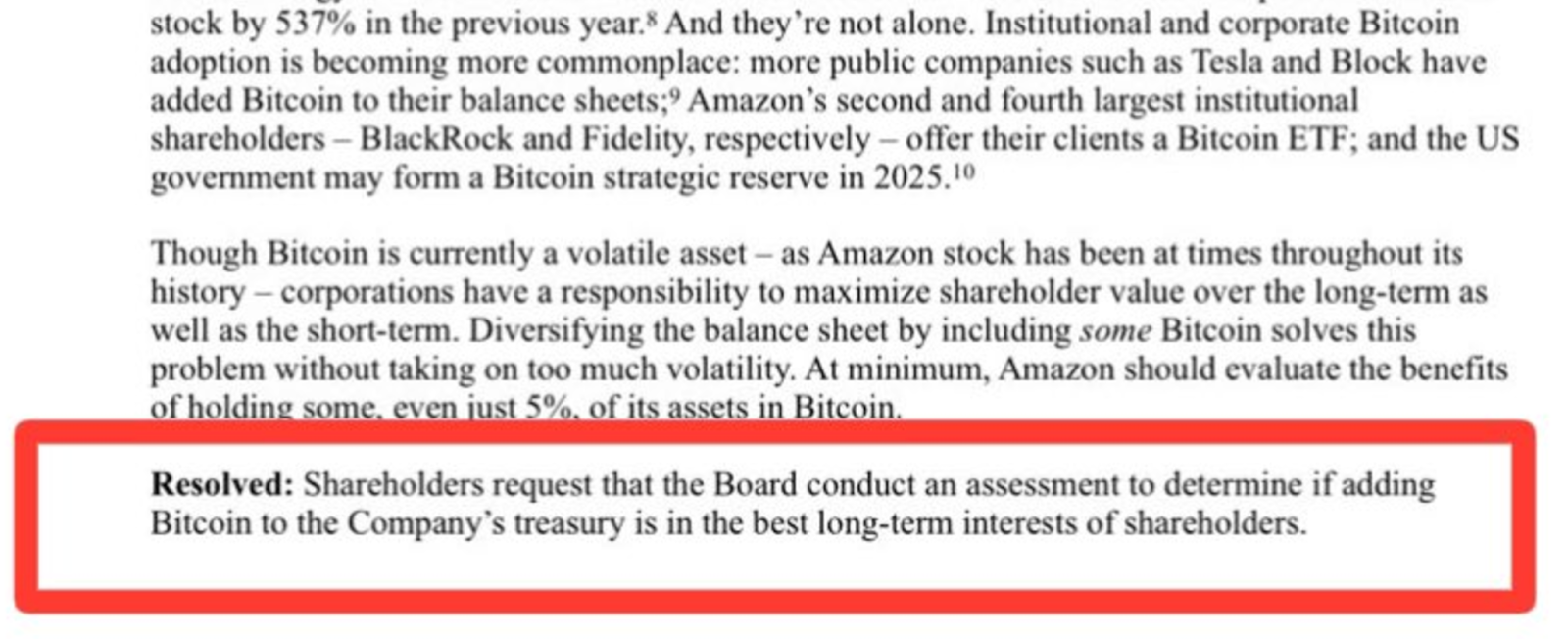
Source: TradingView, CNBC, Bloomberg, Messari
The Validation
It is no secret that crypto is a hot topic again. Any data point you use to measure sentiment, interest, and activity will show a massive spike higher in recent weeks. Perhaps one of the easiest to track is the increased usage of Robinhood and Coinbase apps, now two of the most popular apps in the U.S. app store.
For those just starting to re-engage, let me remind you that we’ve written this blog
every week since we started Arca in 2018, and you aren’t alone if you missed some fascinating topics over the past few years while crypto was pronounced “dead,” many of which have helped to explain exactly what is happening now. From the launch of BTC and ETH ETFs to the political 180, the rise of DePin and AI, and the continued strength of DeFi and stablecoins… we’ve talked about it all, sometimes to deaf ears and blind eyes.
But now that prices are starting to reflect these developments, I find myself struggling to explain it. Because it’s not really new information, per se, but rather a simple repricing of developments that had already been in motion for years.
Take Bitcoin’s price rising over $100,000 last week for the first time. It’s a round number, so that’s cool, I guess. Like many, I received a lot of congratulatory texts, which is akin to when other parents congratulate me when my son makes a great play in his baseball games (as if I had anything to do with it). However, the Bitcoin network runs perfectly fine at prices below and above $100,000, so it doesn’t really matter in terms of the functionality of the network. The rise in market cap only matters because it validates opinions of those who already thought it should have been trading at those prices, or higher. And price does start to change the opinions of others. For example, Fed Chairman Powell
compared Bitcoin to “virtual gold,” emphasizing its speculative nature over its utility as a currency, noting that it is still volatile and has limited payment use.
“It’s not a competitor for the dollar; it’s really a competitor for gold.”
Remarks like this are driven by price, which drives the price even higher as markets react positively to any statement that validates its status as a legitimate asset class.
Similarly, the Rumble CEO
simply alluded to whether or not Rumble (RUM) should add Bitcoin to its balance sheet, and the stock immediately jumped higher. Markets rewarded RUM for Bitcoin, and markets rewarded BTC because of validation from Rumble. You can see how RUM has traded since November 19th, when the CEO made this statement.
Rumble has a market cap of $3.2 billion after nearly doubling. Not tiny, but not exactly a giant. So what happens when much larger companies and governments start thinking similarly? We might be finding out sooner than later. The U.S. government may add a strategic Bitcoin reserve, but companies may front-run this before it ever gets through Congress.


And it’s not just Bitcoin. Stablecoins are also getting the legitimacy treatment. I can’t tell you how many times we’ve been asked to
defend Tether (USDT) as a legitimate business over the years, but now we don’t have to do this anymore because others are doing it for us. Tether and Cantor Fitzgerald are now linked to the hip, as Cantor has taken a 5% equity stake in Tether and is looking to
introduce Bitcoin lending, which certainly signals confidence from a major financial institution in the profitability and staying power of crypto’s infrastructure, and the maturation of the industry (though you could certainly argue that systemic risk increases now that Wall Street and crypto are more intertwined). And this Tether / Cantor news comes on the heels of stablecoin infrastructure company Bridge being acquired by Stripe, which is yet another
bet on the growth of this industry.
We really have hit a new tipping point.
DeFi is Flying
We were not alone in saying that DeFi would be one of the biggest beneficiaries of the expected changes to the U.S. crypto regulatory environment. So it’s not entirely surprising to see prices of DeFi tokens flying across Ethereum, Base and Solana ecosystems.
But it might be surprising that it’s not just a speculative investment, but its usage is growing. Aggregate decentralized exchange (DEX) volumes have risen 78% in the past week from $10.4 billion on November 28th to $18.5 billion on December 4th (according to Coinbase). Stablecoin borrowing and lending rates have also surged, reaching 10-20% annualized on Aave and Compound. The total value locked (TVL) for lending protocols has reached all-time
highs this past week of $54 billion, surpassing the previous bull cycle high of $52 billion.
Source: Artemis


